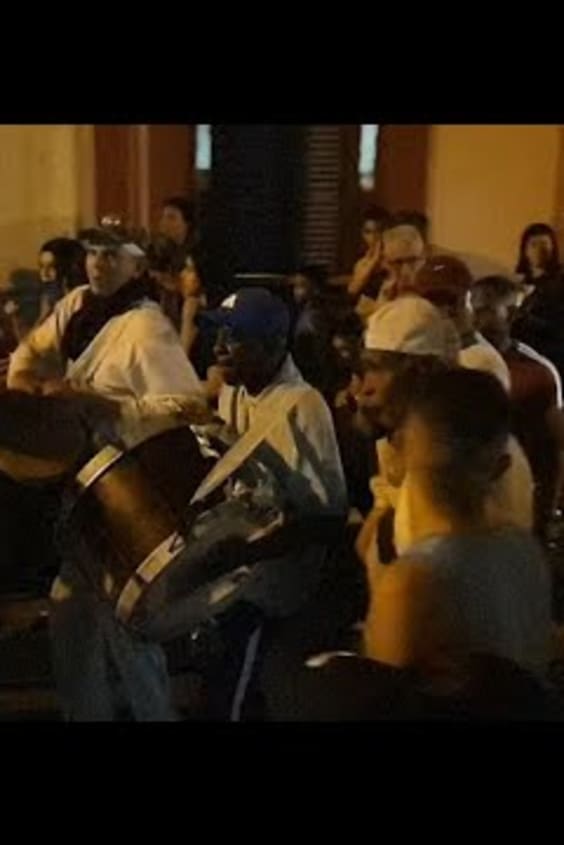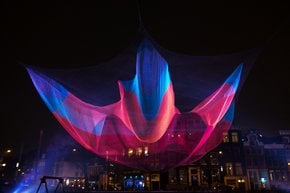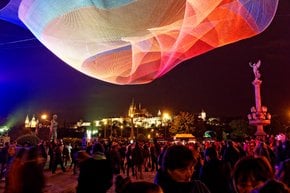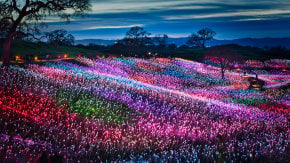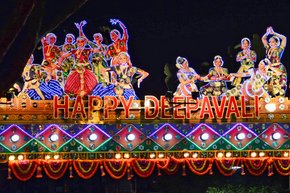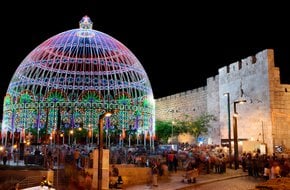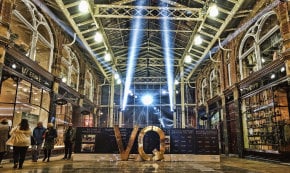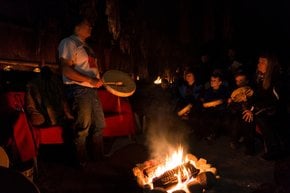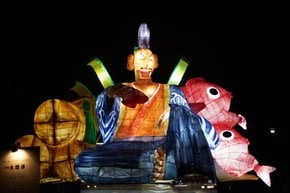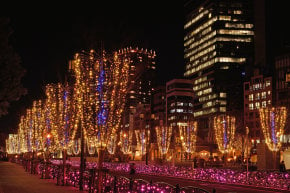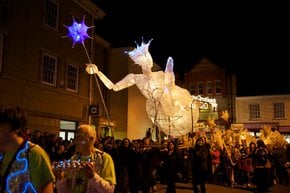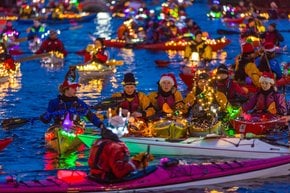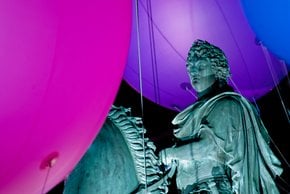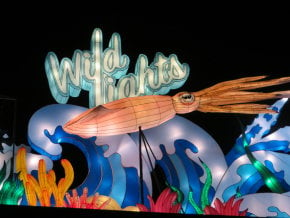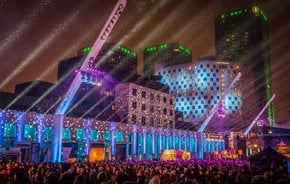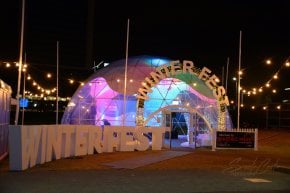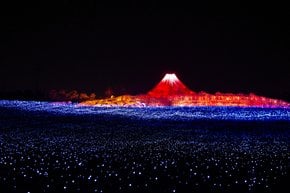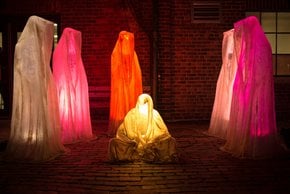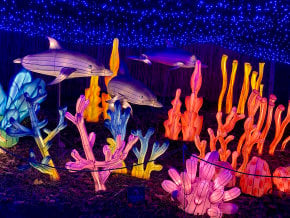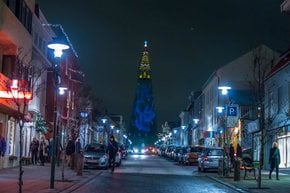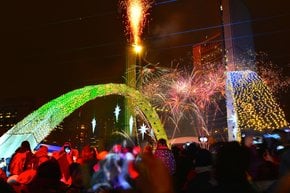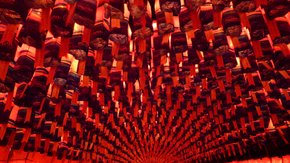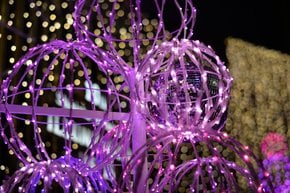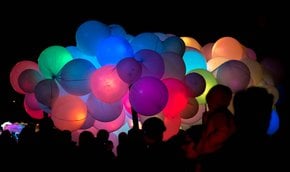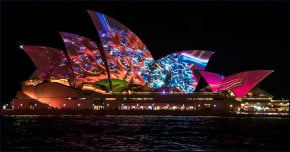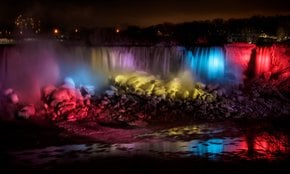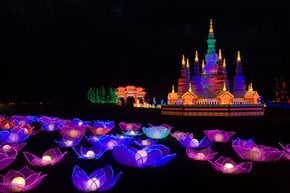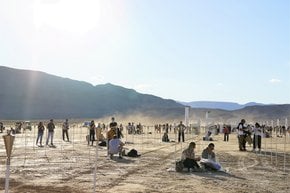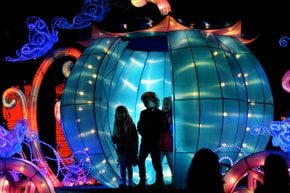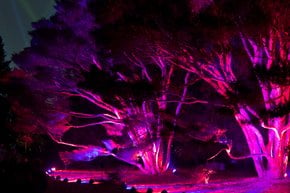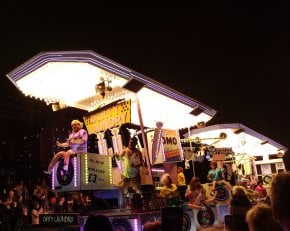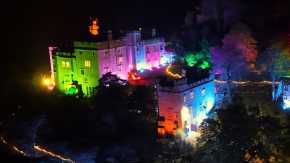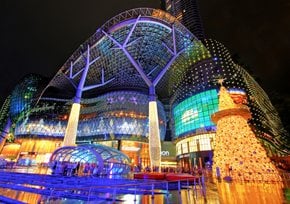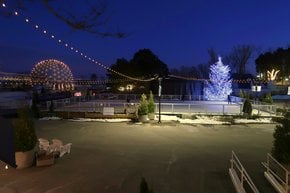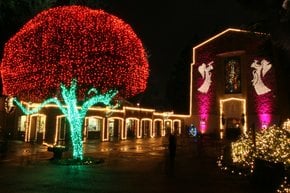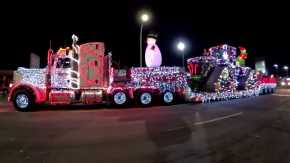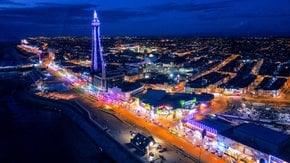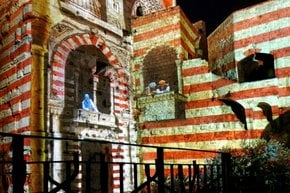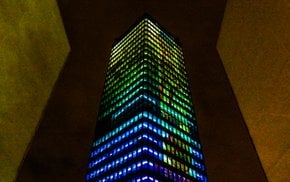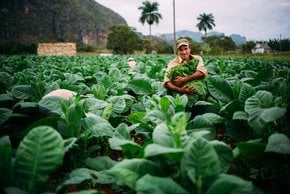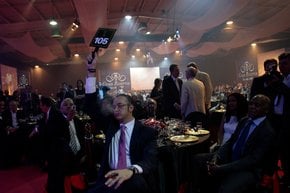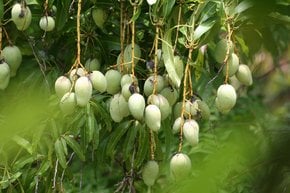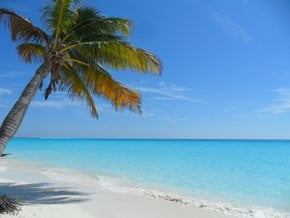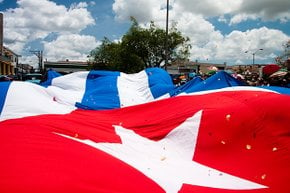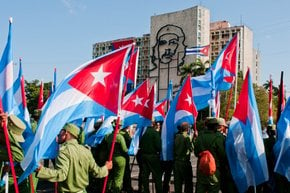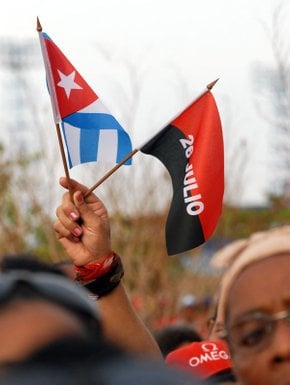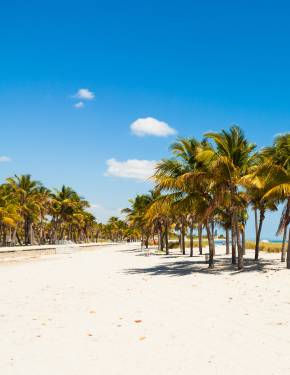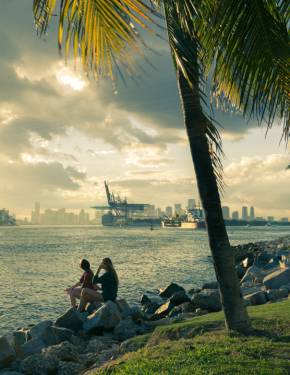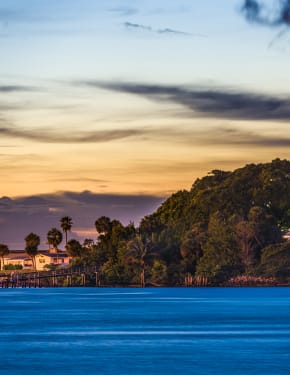Charangas de Bejucal 2025 in Cuba
Beautiful illumination and music are the main highlights of this traditional fiesta
Dates: December 24 | January 1
Loud and colorful celebrations in the town of Bejucal mark the end of every year. The celebrations usually take place on December 24 and January 1. It involves a performance from Los Tambores de Bejucal (a typical Cuban percussion band of high international prestige, and festivities formed by a traditional rivalry between two conga groups.
The Charangas de Bejucal festival is a vibrant celebration blending African, Spanish, and Creole traditions, and features parades, fireworks, and symbolic battles. It’s a unique representation of Cuba’s culture, highlighting the joyful and communal spirit that characterizes Cuban identity.
Charangas de Bejucal Tradition
The Ceibistas (members of the Ceiba de Plata group, characterized by a blue color and a scorpion as their symbol) compete with the Espinistas (Members of the Espina de Oro who wear red and have a rooster as their symbol) to see who can play the drums the loudest and construct the most impressive float. It is incredible to witness how the town is split into two, with the red and the blue parties competing.
Charangas de Bejucal History
The origin of the Charangas dates back to 1830. They were first held on December 24, when slave owners temporarily freed their slaves. These slaves would join the "free blacks" and the Creoles in these cabildos—societies marker by particular culture, music and dance, based on their African origin. Cabildos were allowed in a controlled way by the Spanish to mitigate tensions between the slaves and their owners. The cabildos helped to invigorate the African languages, customs, traditions and beliefs, even if it was only on special set dates or "holidays".
Back then, Africans were allowed to perform their religious ceremonies and to worship other gods and deities after a Catholic mass. It filled the streets of Bejucal with singing, playing drums, and dancing. As each cabildo had its own particular songs and dances, with time it turned into some sort of rivalry between the groups, until the rivalry itself became the driving force of the festivities.
Nowadays, each group works hard to keep the surprise element with stages elevating from inside the coach up to 23 meters high. The Charangas also showcase typical characters that identify the town residents. The most popular ones are La Macorina (a man dressed as a woman), Boyera, Trapitos,and the Yerbero performed by children.

